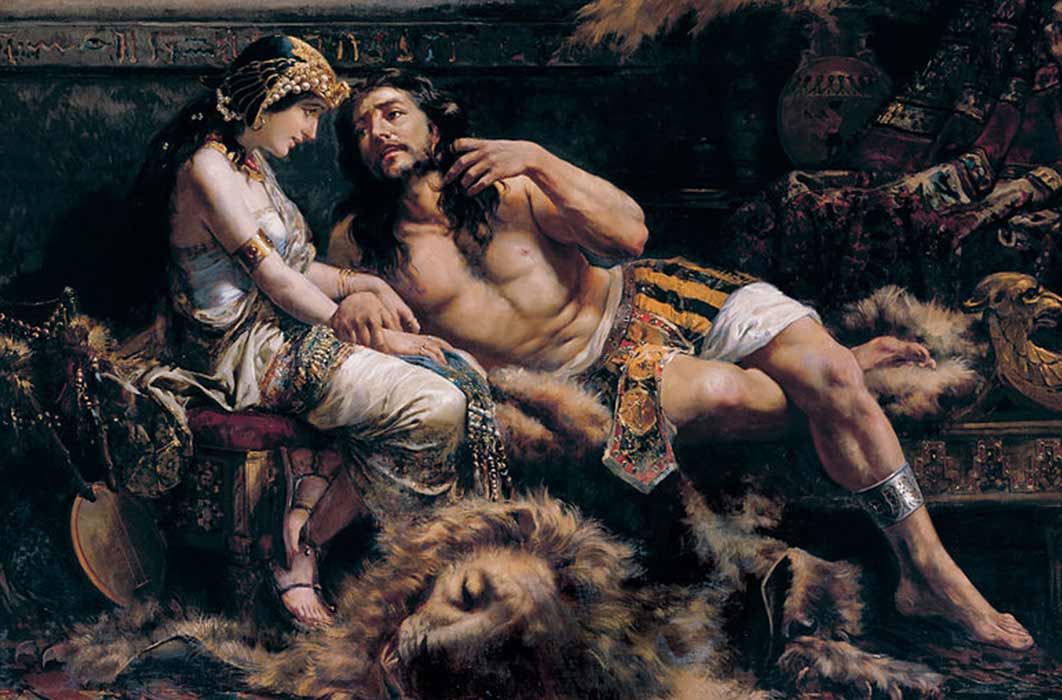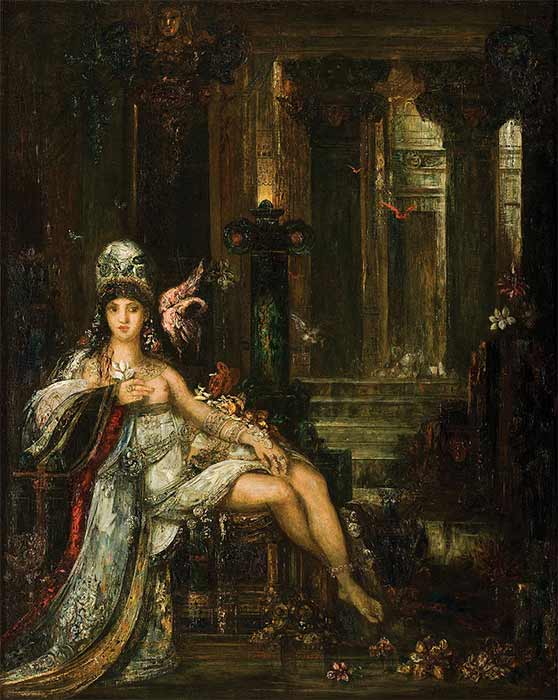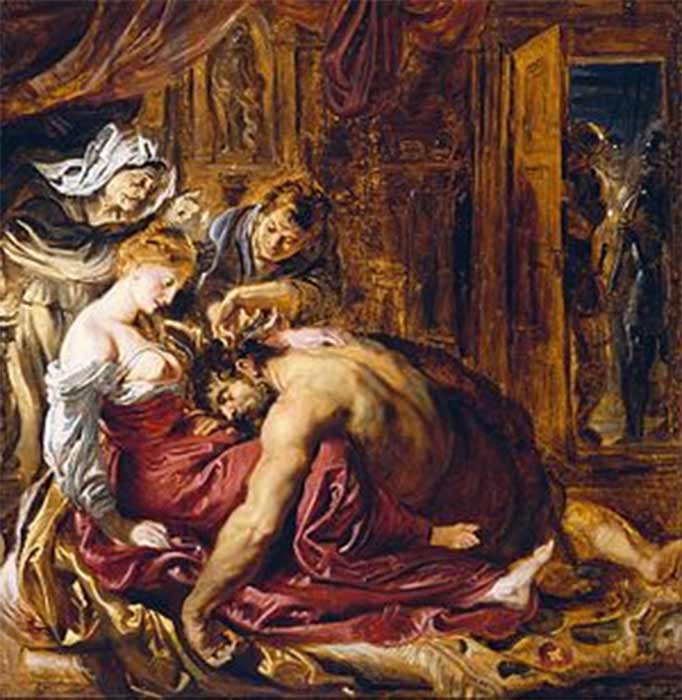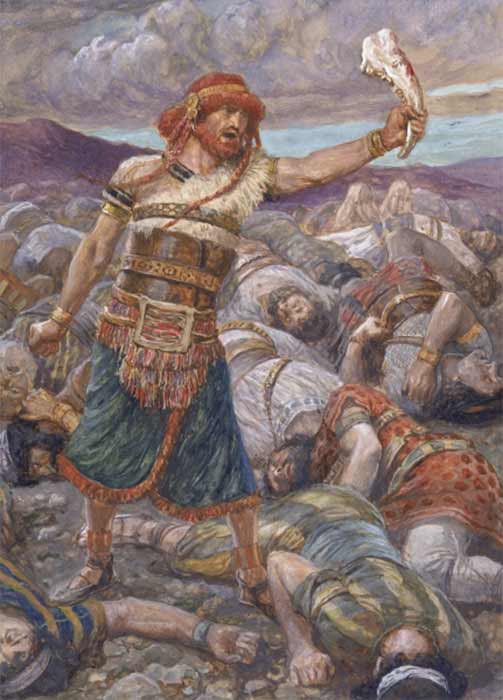
The Bible’s Bedeviling Bad Girls: Delilah, Jezebel And Salome
It should come as no surprise to most that the biblical writers were unfair to the gentler sex. After all, ever since Eve bit into the forbidden apple, the Good Book has been long obsessed with the notion of bad girls. Over the millennia, the stories of the Bible’s temptresses have been used by both religious disciplinarians and secular moralists alike to guide young women on how not to behave. This obsession with feminine transgression, turned the vices of these vixens into the stuff of legends—far surpassing their worst excesses. Spanning 12 centuries, the focus falls on three bedeviling bad girls: Delilah, hailing from the Book of Judges in the Old Testament or Hebrew Scriptures, followed a few centuries later by Jezebel from the Book of Kings, and ending with Salome’s story which appears in the first century of the common era in the New Testament.

Delilah by Gustave Moreau (1896) (Public Domain)
Delilah The Philistine Beguiler
Leading off the journey is a woman about whom no one has anything good to say. To the Jews, not only was Delilah a Philistine but she was deceitful and a prostitute as well. Making a correlation between Samson and Christ, to the Christians she symbolizes the temptations offered by Satan himself and they compare her to Judas Iscariot. Time and again Delilah is cast as an unrepentant beguiler whose name is associated with seduction, treachery, but most of all betrayal. Because Delilah only appears in the 16th chapter in the Book of Judges to understand her motivations, it is important to get a glimpse into the background of her paramour, Samson.

Samson and Delilah by Peter Paul Rubens (c. 1609) (Public Domain)
The 15th judge of Israel, Samson is believed to have lived during the years of 1154 to 1124 BC during a time of repeated conflict between Israel and Philistia. Evidently, the aniconic one and only Israelite god, Yahweh, was disciplining the Israelites by putting them in the hands of the Philistines who were the region’s occupying power. Sworn in the womb to the service of Yahweh, Samson was a Nazarite who had taken a vow to Yahweh. Cutting his hair was one of several acts which were verboten. In return for this vow, Yahweh endowed Samson with superhuman strength for which Samson would become renowned.
Notorious for slaying 1,000 Philistines with the jawbone of a donkey, Samson had a bloody past with the Philistines. But forasmuch as he despised Philistine men, he tended to favor their women—which led to more conflicts with their men. Even his parents asked him: “Is not there an acceptable woman among your relatives or among all our people?” The moral of the parable seems to be not to marry or take up with a woman outside one’s own nation as time and again Samson’s liaisons with Philistine women got him into trouble. But no trouble was more severe than that which he found with Delilah.

Samson Slays a Thousand Men with the Jawbone of a Donkey by James Tissot (c. 1896–1902) (Public Domain)





